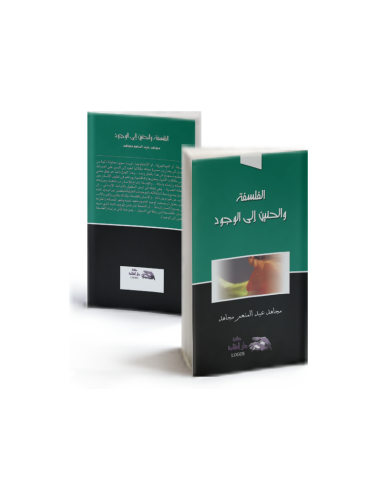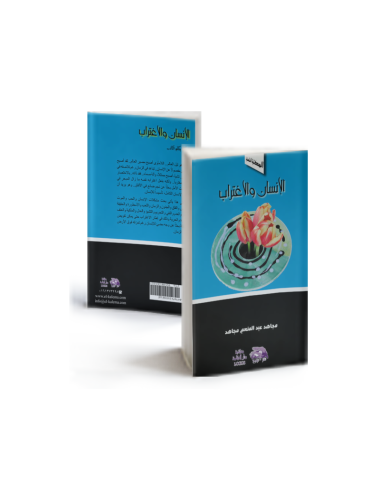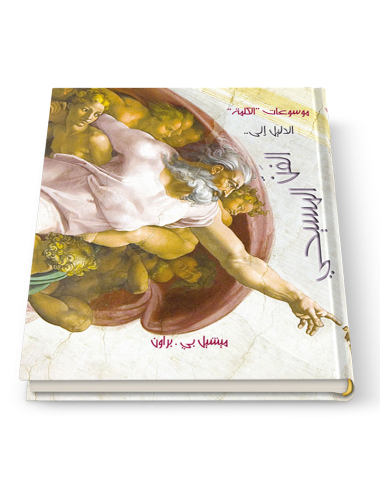Heideger - Pastor of Being
Existence led to alienation .. and man drowned in things .. he gasped after partial beings, and he forgot about existence.
- On sale!
Existence led to alienation .. and man drowned in things .. he gasped after partial beings, and he forgot about existence.
This book presents Paul Tillich at his very best--brief, clear, stimulating, provocative. Speaking with understanding and force, he makes a basic analysis of love, power, and justice, all concepts fundamental in the mutual relations of people, of social groups, and of humankind to God.
By the time James Joyce wrote "The Fengan Awakening" with its broad view of world history, he might have fully felt that quotes like "modern" or "traditional" no longer made sense when applied to his work, but to his old admirers he is above everything else. : Updated like no other.
Philosophy, metaphysics, or ontology is nothing but a constant attempt by man to rationally adjust his life path so that he returns to walking on the bound path guiding in this the mind unity
Can we run from that which never misses?
Heraclitus asks
Homelessness has become the fate of the world .. Man has become separated from man
Realism diminishes reality, weakens it, and falsifies it. It does not take into account our main facts and our basic concerns such as love, death, and astonishment, it introduces the human being into an imperfect and alienated perspective, and ignores that reality exists in our dreams in our imagination.
Psychology of Aesthetics, Creativity, and the Arts is devoted to promoting scholarship on the psychology of the production and appreciation of the arts and all aspects of creative endeavor.
This book is the fruit of a love for Sartre that lasted more than twelve years, during which this French thinker lived within my breath; he was my sustenance and drink.
WHAT IS RELIGION ? by Paul Tillich, Translated by Mejahed Abdelmeaim mejahed, combines three works originally written in German, one of which was published in 1925. The two works in the final third of the book were presented to meetings of Kant-Gesellschaft in 1919 and 1922, and may now be found mainly in Gesammelte Werke volumes I and IX...
Christianity has been a central force in the shaping of western culture. It is not surprising, therefore, that the greatest artists down the centuries have sought to paint its story. This book tells the history of Christian art, exploring the purpose behind the masterpieces and looking at the context in which they were created. The modern secular reader who feels detached from the meaning of the paintings will be helped to understand their emotional as well as their asethetic power. And the Christian reader will be encouraged to explore further the wonder and beauty of the Christian cultural legacy. The book includes a final chapter on the way modern artists are continuing and changing the legacy.
John Gerassi had just this opportunity as a child, his mother and father were very close friends with Jean-Paul Sartre and Simone de Beauvoir and the couple became for him like surrogate parents. Authorized by Sartre to write his biography.
Through the interviews with both their informalities and their tensions, Sartre’s greater complexities emerge. In particular we see Sartre wrestling with the apparent contradiction between his views on freedom and the influence of social conditions on our choices and actions. We also gain insight into his perspectives on the Spanish Civil War, World War II, and the disintegration of colonialism.













